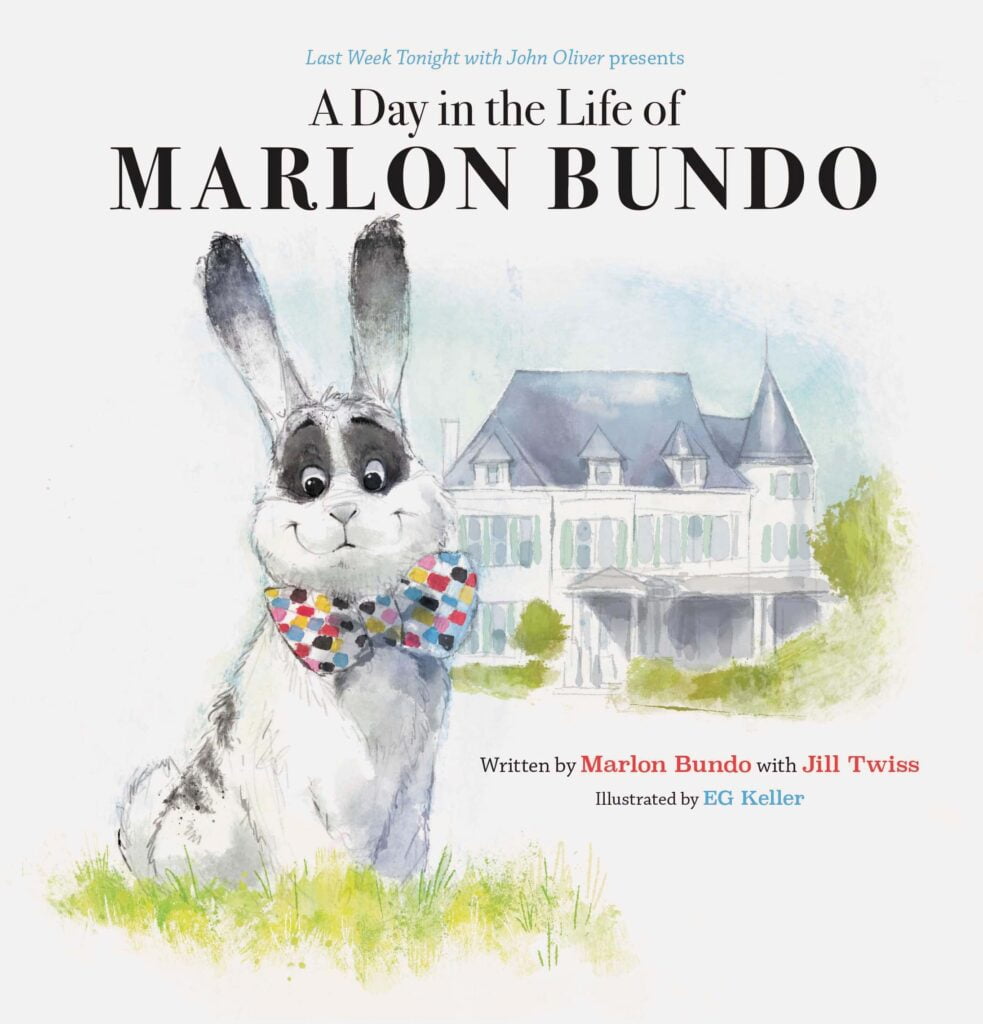
Writing essays can be hard. Writing an essay introduction is even harder, but perhaps not for the reasons you think. I want you to imagine you’ve been assigned to read and grade 30 essays next week. You sit down, grab the first paper off the stack, and start to peruse.
Oops, you’re already bored. Good thing you only have 30,000 more words to read, right?!
But what if that first paper you pulled wasn’t boring? What would make it instantly stand out? Would it be the long boring academic title was an interesting topic for you? Maybe.
But more likely it was because the essay introduction included a few important elements:
- A great hook that caught the reader’s attention
- A reason or background why the reader should care
- A concise belief or point for why the reader should continue reading
Sounds simple right?
Well, to professional essay writers, it kind of is. But they only got there after years and years of practicing those points.
Luckily, for beginners, there’s a shortcut to massively improve what might otherwise be yet another boring essay only teachers will read.
What Makes a Great Essay Introduction?
Whether you’re writing for a college professor or a Christmas essay to your extended friends and family, you can expect one thing to be true — most people won’t want to read it. That is…unless you make them want to!
If you take the time to perfect the introduction to your essay, and if it’s not 10,000 pages long, the number of people who end up reading your entire paper simply skyrockets.
That’s why I often write my essay introductions last.
What? Yea, it took me a while to get my head around that idea too. But if you stop to think about it, it makes perfect sense.
You’ve just spent hours and hours coming up with an idea, doing tonnes of research, and probably wrote what you may or may not think is a passable draft of the entire thing. But something just doesn’t *click*, right?
Otherwise, you probably wouldn’t be reading this article!
Of course, you could spend just as much time editing and revising the entire essay to perfect it (Hint: you can and should!), but that’s another entire aspect of learning the art of writing on its own.
Whereas an introduction is just a tiny little piece (often ~10%) of your essay. Editing 10% instead of 100% should make sense if you’re pressed for time.
Remember the 80–20 rule? Well, that can be applied to your essay too!
Finish your essay and spend a decent amount of time perfecting your introduction and essay starters and the perceived quality of your entire work greatly increases.
Let’s explore how to do just that.
How to Start an Essay Introduction
The first line can be everything. Some people rewrite that line more than any other in their entire essays, let alone books. It’s almost of equal importance to the very last conclusion sentence, but this is more significant because it hooks the reader into continuing on!
This section shows 10 different options to write for the first sentence of your essay, with examples for each. Let’s jump in!
#1. Quote Someone
Choose a quote that heavily relates to your topic or makes light of the subject. This is one of my favorite options if I can’t find the perfect hook to start an essay. Why? Because there’s millions and millions of quotes out there and plenty of websites to help you find just the right one to use.
My most-read essay of all time, which has been read by almost 1 million people, started off with a challenge. The article was a giant analysis of news bias across dozens of news websites to see which ones were actually lying more often than others. So who better to quote than an owner of one of the most influential news sites in America?
Example: “I challenge anybody to show me an example of bias in Fox News Channel.” — Rupert Murdoch
That quote above set the tone for the piece, with a bit of obvious irony. It certainly had its effect.
If you’re trying to find the perfect quote for your own essay, I’d suggest simply starting with Google and searching for “Quotes about XYZ”, where XYZ can be different associated words for the purpose, topic, or tone of your essay you want to convey. Don’t forget to triple-check if the person actually said the quote!
#2. Ask a Question
Pose a question your essay will answer. Even better if the question resonates with most people. If you were writing about the benefits of puppies being able to comfort elderly folks in nursing homes, you could start with a question that truly resonates with people.
Example: Do you ever worry your grandma is lonely in the nursing home?
Everyone loves their grandma, and connecting your essay to a feeling everyone has can be a powerful opener for people to keep reading. But you can do this with any subject. Writing about climate change? Make it personal. “Why do you think Millenials are having fewer children?” Writing about social media? “Why don’t teenagers read books anymore?”
The question doesn’t have to directly relate to your thesis statement at first glance. Rather, it should be one or two steps before that point (1 -> 2 -> 3) to truly draw the reader in. If the question stirs up some sort of strong feeling in the reader, and you go on to make a claim tying the answer to the question to what your thesis is, then you just won an essay introduction contest.
#3. Give a Statistic
Use a statistical fact or figure to start off your essay. Even better if it’s somewhat shocking (but true!). I wrote a popular essay advising bloggers how to get more views on their work. Why was it popular? Because I started the entire thing off with a provable but slightly shocking statistic.
Example: “Increase Your Article Views 25% By Writing For a 6th Grade Reading Level”
Of course, I cheated a little and used that as my title, but the point stands. My audience was beginning writers who want their work to become more popular. Giving them proof of exactly how to do that, even if it was only a 25% increase, gave them the desire to continue reading and learn if it’s true and how to do that.
If you know the purpose of your essay, and especially if you’ve written it already, starting off with a relevant impactful quote can be used to great effect.
#4. Personal anecdote
Share a personal story relevant to your essay topic. If it’s highly emotional or vulnerable you win. Famous authors like Malcolm Gladwell and Jared Diamond do this all the time throughout their bestselling novels and essays. And there’s a powerful reason for it. Personal stories allow a reader to be connected to the author in a way that can’t be conveyed through argument and fact alone. A narrative also puts us into a different mindset, literally.
According to Jennifer Aaker at Stanford: “Stories are remembered up to 22 times more than facts alone.”
That is a massive increase. So, why not start your essay off with something people will remember instead of a boring statistic? If it’s not too academic of a paper, it’s certainly a viable option. Whatever the story ends up being, try to keep it short, concise, and impactful.
This true story of mine was read by 20,000 people and earned me a pretty penny. Why? Because it was about something that happened to me during my childhood; that I lived with a serial killer. And while the title grabbed people’s attention, the opening of the work drew them into story mode.
Example: “He preferred to be called T. He’d get immediately soured if you referred to him by anything else. But we all loved him nonetheless.”
#5. Write a Definition
Define a key term that is central to your essay. This can be a bit bland, but if it’s not a well-known definition or a bit shocking that helps. Another way to use this is to oppose something, especially if you’re writing an essay with a counter-narrative to what most of society thinks about a subject.
Example: They say a man’s best friend is his dog, but I think it’s cats.
Note, it doesn’t have to be a formal definition! Have some fun if you’re not in the academic realm.
#6. Surprising fact
Share an unexpected or not widely known fact to grab the reader’s attention. This is a favorite tool of many successful non-fiction essay authors and there’s a reason why. If the fact is truly unexpected, people won’t believe it at first. And if that’s the case, most will read on to prove the essay author wrong. It’s then the author’s job to convince them that the statement, and the thesis of the essay, is correct.
Example: 80% of the statistics on the internet are made up.
Is that statement true or did I also make that up? Guess you’ll have to read on to find out.
#7. Use Your Thesis Statement
Clearly state the main argument or point of your essay in a thesis statement. Colorful or imaginative words can help but don’t overdo it. On the other hand, a short distinctive powerful sentence can work wonders.
Example: While they might appear furry, cute, and fluffy on the surface, kitties have abused evolution over millennia to become the dominant predator in the modern world.
Using a bit of contrast as I did above can also help contextualize what the reader will get into if they continue. The important part is to be direct with what your essay will say.
#8. Try a Metaphor or Simile
Use a figurative comparison to introduce your essay and set the tone. While they can be a bit hard to come up with, metaphors are a fantastic way to impress upon your audience the idea you want to convey. This works even better in essays with complex ideas and topics that need to be explained, but unfortunately aren’t usually suitable for highly academic papers.
Example: Just like David and Goliath, mice have been struggling for their existence against lingering cat predators for ages.
#9. Give Historical Context
Provide some background information about the historical context of your essay topic. If you came across a particularly brutal or emotional moment of related history to whatever your essay topic is, you can use that to hook your reader in a wonderful fashion.
Example: In 1126, Mortimus Mouse staged a successful coup on Callicus Cat. The world was never the same after that fateful day.
Whatever the historical context is, try to make it as brief as possible and then immediately link it to the thesis of your essay. It can be a bit tricky, but rewriting the idea a few times over should get you there.
#10. Problem-Solution Structure
Introduce a problem and then explain how your essay will offer a solution. A bit boring but it can get the job done. This works better in highly academic formal papers when you don’t really have a choice on how you can introduce readers to your work. But, if you can pinpoint a common feeling, problem, or pain that your audience suffers from or thinks about, then you win.
Example: Is your back always feeling sore? This essay explores five simple scientific ways to fix it.
You’re probably familiar with this structure from clickbait or Google whenever you search for an ailment. It exists because it works. Readers want solutions to their problems, especially ones that work.
How to Write the Entire Essay Introduction
The above section is pretty big for a reason. I believe the hook, or beginning, of your essay is the single most important part of your paper. If you’re writing online or trying to attract readers who don’t have to read your work (sorry teachers), then that is of course the title, but the hook is still close behind!
The rest of the introduction is fortunately a bit easier to construct.
Every introduction to an academic essay should not only capture the reader’s attention but why they should care and let them know what comes next. While the hook can go pretty far in showing them why the essay is important to read, it can’t cover everything.
So, you need to populate the introduction with a bit of background information, too.
Why are you talking about this? What does every reader of the essay need to know before continuing? Are you discussing a certain time and place? Certain people? Are all the main words you’re going to use well-known or a bit obscure?
All of these questions and more need to be answered within the introduction if you’re writing a formal paper.
Essentially, an academic essay introduction should include:
- A brief outline of the points you’ll make
- A definition of any lesser-known terms
- Mention of related research or theories you’ll be discussing
- Set the tone of writing for the essay
All of this adds up to an easier way to say this — context.
Your reader, especially for academic papers, needs to understand the context of the argument you’re about to make. Why they should read it is icing on the cake. But generally, the less boring and bland you can make this introduction, the more likely you’ll get the reader to believe your thesis!
This ties into the tone of your writing, I use a lot of humor throughout my work, but it’s not always appropriate.
If I write or edit an academic article for a doctor, I won’t be mixing in puns and quips and humor, but I’ll still try to match the language to who the reader will be. Just because a doctor is writing a piece doesn’t mean only Ph.D. students should be able to read it! If that doctor is giving advice on childcare, it should be written so the vast majority of parents can read it, right?
Your essay, no matter if it’s academic or not, should accomplish the same. Before writing a single word in any essay, simply ask: “Who do I want to read this?” and go from there.
If you’re writing in a more informal environment, the above context can be mixed and matched throughout the story, but the main point still stands. Your reader needs to understand where the essay will take them if they choose to continue reading.
If you miss this point, you’ll miss the read.
Write Your Thesis Statement
Last but not least is the entire purpose of your essay. The thesis statement. It doesn’t matter if you’re writing a doctoral thesis or an essay on how loud your neighbor’s dog is to present to the local city council, the audience has to know what your essay is about.
The hook draws them in, the context gives them relevance, and the thesis statement tells them precisely what you believe.
So, how do you write a perfect one-line thesis statement? Well, here’s a few pointers to get started:
- The more concise language, the better. They’ve made it this far, show them the magic of your beliefs.
- Be assertive. You’ve spent hours and hours writing, researching, and crafting this essay, why would you ever belittle your points by using unassertive language like “think” or “maybe” or “perhaps”? If you don’t believe it, they won’t read it.
- Mention exactly what your conclusion will say but in different words.
- The statement is short because it requires more proof and evidence in later paragraphs, don’t try to answer any of these, instead, give hints at what is to come.
Try to think of it this way, if I read your title and then read your conclusion, would both of these points match what your thesis statement says? If not, then one of those three is out of whack and needs to be modified.
Frequently Asked Questions About Essay Introductions
What is a hook?
A hook is a literary device that captures the attention of the reader and draws them in. For essays, a hook is a sentence or phrase that grabs your attention and makes you want to keep reading, whether it’s worth your time or not! It’s the thing about an essay that makes you want to read at least the next paragraph. A hook can be funny, interesting, or thought-provoking, and it’s often the first sentence or two, if not the title itself.
Keep the hook brief, concise, and tantalizing.
If you want to learn more about essay openers, here’s an in-depth guide with even more examples of how to write the perfect hook. On the other hand, here’s a collection of almost 100 hooks used in super popular essays.
Why do I need a hook?
Imagine you’re at a party and you want to get people to come over and talk to you. You could just stand there awkwardly and hope that someone notices you, or you could try to get their attention by saying something interesting or funny. That’s kind of like a hook in writing.
When you’re writing something, whether it’s a story, a poem, or an essay, you want people to read it and enjoy it. But with so much competition for people’s attention these days, it can be tough to get them to sit down and actually read what you’ve written. That’s where a hook comes in. It’s like a little message you send out to your readers, saying “Hey! Over here! I’ve got something interesting and worth reading!”
What is a thesis statement?
A thesis statement is a concise sentence telling the reader what your essay is trying to say, while leaving room for the reader to be convinced later on.
Think of it this way: you’re sailing across the ocean of ideas, and your thesis statement is the map that shows you where you’re going. It’s a way to stay focused and make sure you’re always heading in the right direction. Just like a captain needs to know where their ship is going, you need a clear idea of what you want to say in your writing. A good thesis statement helps you figure out what your essay is about and what you want to say about it.
Why do I need a thesis statement?
A thesis statement is like the foundation of a building. It provides structure and support for the ideas that make up the body of your essay or paper. Without a strong foundation, your arguments and evidence can feel like a house of cards that could collapse at any moment. A good thesis statement helps to focus your writing, keep you organized, and make it more compelling to your readers.
Plus, it gives you a clear goal to work towards as you write the rest of the essay.
What is the structure of an academic essay?
The structure of an essay consists of an introduction including a thesis statement, a body where you explore the points and evidence, and a conclusion bringing everything together into a final statement.
While there are many different forms of essays and structures, nearly every single one can be broken down into the above hierarchy. Introduce your points and encapture the reader, state what your essay will try to prove, prove it, then wrap it all up with a nice bow that keeps the reader coming back for more.
J.J. Pryor
For more essays and shenanigans, come check out Pryor Thoughts.
If you enjoyed this article you might also be interested in learning about a huge list of onomatopoeia sound words.





